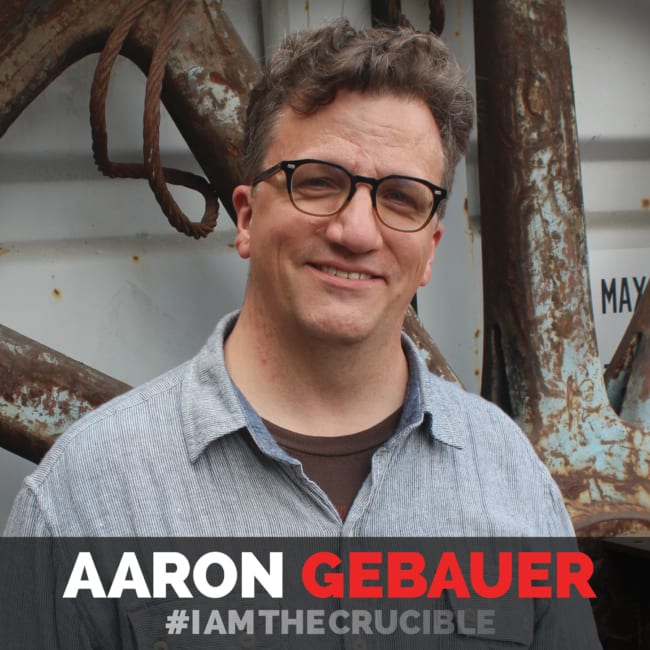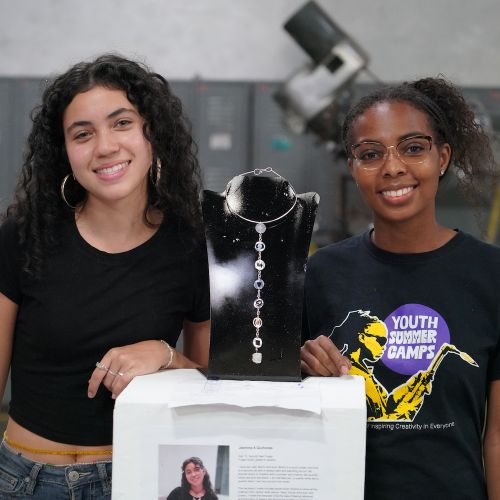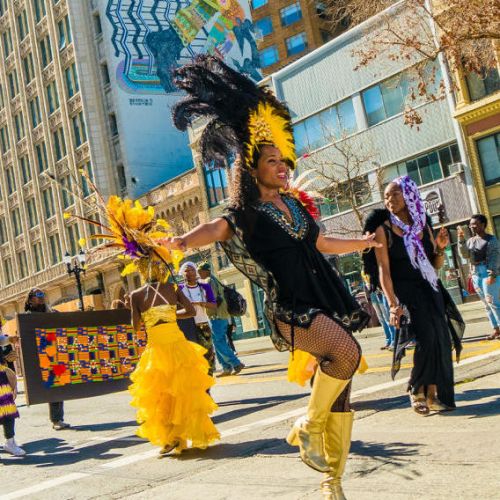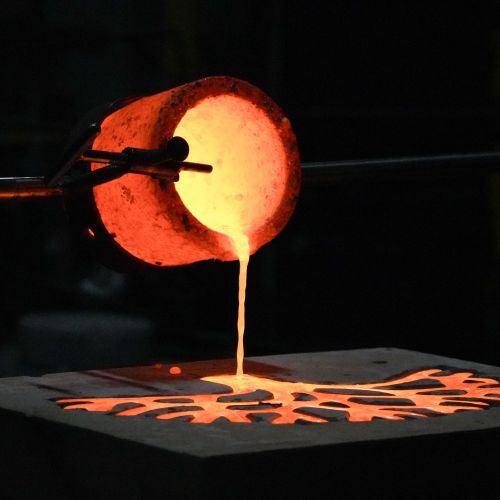by Kristin Arzt

When Aaron Gebauer and his wife moved to Oakland from St. Paul, Minnesota, their apartment was much smaller than they were used to. Aaron Gebauer put his all of his tools in storage, and immediately starting looking for a workshop space. Lucky for us, he found The Crucible.
Aaron’s first taste of what The Crucible had to offer was in an Exploring Welding class last year. After seeing the full scope of what could be created under one roof, he knew he wanted to get more involved and he started to volunteer. Aaron has worked as a mechanical engineer for the last twenty years, and naturally balances technical skills and an inherent understanding of how things are made. With his unique skill set in engineering, Aaron is a huge asset to our volunteer team!
From setting up 3D printers, to baking the entire Crucible staff cheesecake, we keep him busy! We sat down with Aaron to talk about how The Crucible has supported his own creative pursuits, and to coax him into sharing his cheesecake recipe (read the whole interview for the coveted recipe!).
What specifically attracts you to The Crucible?
The Crucible makes things that are otherwise inaccessible, accessible to the average person. Blacksmithing for example — that sounds really dangerous! But, here, you can learn those skills in a safe environment. Taking the Exploring Welding class was like jumping in at the deep end with plenty of life preservers on. There is also such an open and welcoming community here. It’s part of the neighborhood. It’s part of the city. It’s an institution.
How have you utilized your mechanical engineering skills to use at The Crucible?
Besides just being generally interested and enjoying working here, one of my main motivations is to get hands-on. On my first volunteer shift, I organized and repaired the angle grinders. Then, I helped build the new 3D printers. Being hands-on here helps my personal work and improves my own ideas. In my twenty years as a mechanical engineer, the engineering profession kept me more hands-off — in meetings and behind a desk. It is refreshing to be in an environment that is actively hands-on.
Is it common for engineers to possess both technical and hands-on skills?
It’s an important balance. Technical is one part, but the other part is the art of making, building, and creating. The maker movement has made a lot of the hands-on skills accessible. My nephew is in a robotic competition and he is doing things that I never would have dreamed of doing even when I was in college. Those are valuable skills that The Crucible makes accessible to kids too, through camps and classes.
How has being a part of The Crucible developed your engineering skills?
At The Crucible, I am immersed in hands-on making! Here, I can bridge the practical and the technical skills and have gained an understanding of how things are made. It is also being able to speak the language. Taiichi Ono, an executive at Toyota, encourages his staff to “go to the gemba,” which means they go to the site where their products are being made. This way, you develop a deeper understanding of the process and can produce better work. If you’re stuck back in the office, you’re not going to be as effective.
What is one word you would use to describe The Crucible?
Dirty. Which is not necessarily a slam! It’s because we’re doing a lot of work. The messy desk is the sign of a genius (as proven by Twain, Einstein, and Edison). It’s a place where you are welcome to come in and get dirty.
And we hear you have some solid baking skills?
When I came in for a volunteer shift one day, I was offered a gallon tub of cream cheese that someone donated. I said, “Well, you know what to do with that. You make some cheesecake.” It was a slow day for volunteering, so I said, “Why don’t I go home and make you a couple of cheesecakes?” I brought them back and everybody had a nice piece of cheesecake that day.
You’ll have to send us the recipe.
I give credit to Nigella Lawson. It’s straight from her cookbook.





